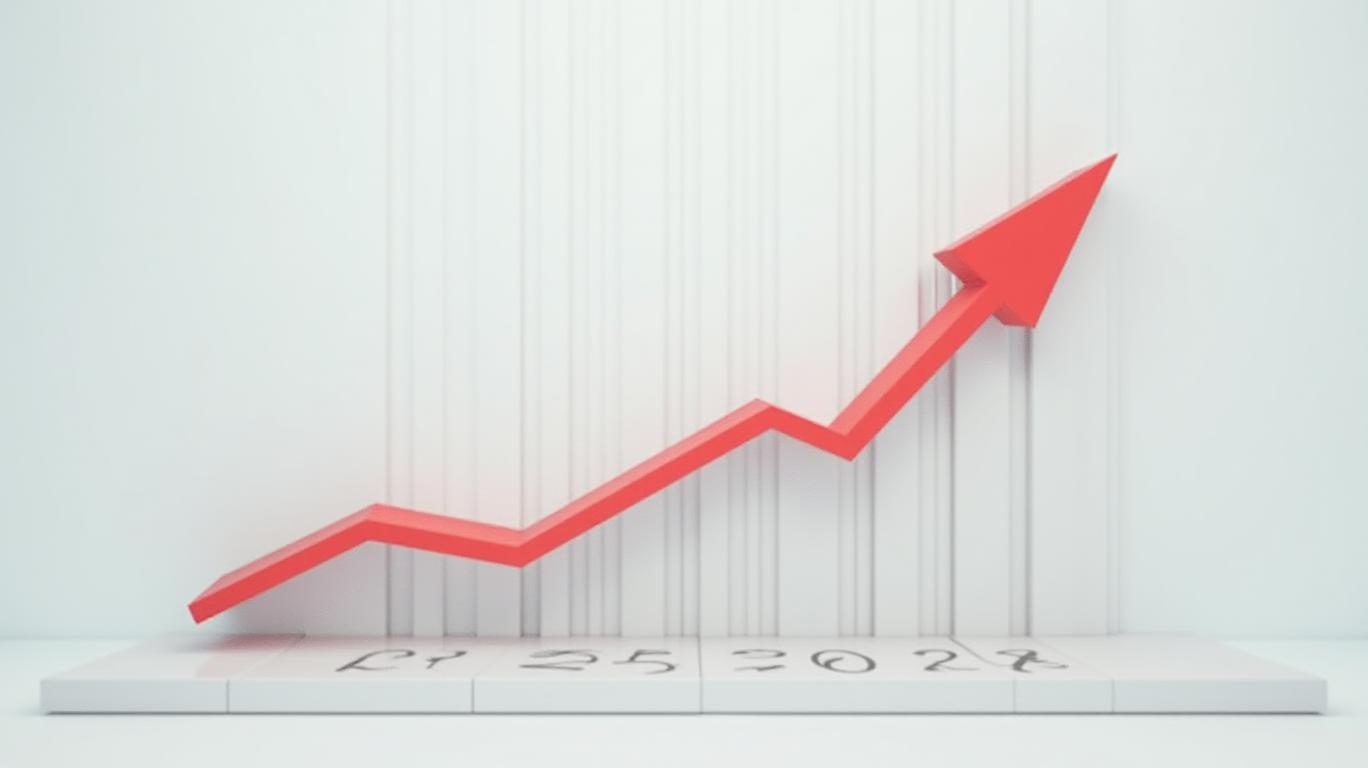The Tariff Trap: Navigating Trade Deals in a High-Border World
In the new era of U.S. trade policy, tariffs are no longer just temporary negotiating chips—they’ve become a permanent fixture. Recent statements from the Trump administration reveal a deliberate strategy to maintain high baseline tariffs even after trade agreements, reshaping global commerce and creating both opportunities and risks for investors. Let’s dissect this “reciprocal trade” approach and its implications for portfolios.
Ask Aime: "Understanding the Reciprocal Trade Strategy and Its Impact on US Stock Markets"
The New Trade Doctrine: Tariffs as a Permanent Baseline
The administration’s cornerstone policy is a 10% baseline tariff on imports from key partners, even after deals like the U.S.-U.K. agreement. This is framed as a response to “non-reciprocal” practices, where nations like the EU, China, and India impose higher tariffs on U.S. goods. For instance:
- Automobiles: The U.S. imposes 2.5% tariffs, while the EU charges 10%, India 70%, and China 15%.
- Ethanol: Brazil’s 18% tariff on U.S. ethanol versus the U.S.’s 2.5% rate.

The U.S.-U.K. deal, finalized in 2025, exemplifies this strategy. While British cars (e.g., Rolls-Royce, Jaguar) saw tariffs drop from 27.5% to 10%, the U.S. capped annual auto imports at 100,000 units to protect domestic manufacturers. Steel and aluminum tariffs were eliminated, but the 10% baseline remained for most goods.
Ask Aime: "Which car brands gained from the US-UK trade deal?"
The Data Behind the Deal
The policy’s impact is clear: U.S. automakers like Ford and GM have seen production rebound as foreign competitors face tighter import limits. However, sectors like consumer electronics, reliant on imported components, face margin pressure.
China’s Tariff Tightrope
While the U.S. and China held “friendly” talks in 2025, tariffs remain a battleground. Current levies on Chinese goods average 145%—a ceiling Trump claims will drop, but analysts doubt a rapid retreat.
The S&P 500’s correlation with tariff volatility highlights the risk: a sudden tariff hike could destabilize markets, while gradual reductions might boost sectors like tech and semiconductors.
Winners and Losers in the Tariff Economy
Winners:
1. Domestic Manufacturers: U.S. firms in autos, steel, and agriculture benefit from reduced foreign competition. The U.S.-U.K. deal alone promises $5 billion in agricultural exports annually.
2. Renewable Energy: Ethanol and biofuel producers (e.g., Growth Energy) gain as tariffs force foreign markets to buy U.S. products.
Losers:
1. Import-Dependent Retailers: Companies like Walmart and Target face higher costs on goods from tariff-heavy regions.
2. Global Supply Chains: Tech giants like Apple, reliant on Asian components, may see delays or cost spikes.
The “America First” Mirage: Risks Ahead
Despite administration claims, critics argue these policies are transactional, not transformative. The U.S.-U.K. deal, for example, was labeled a “concept” by CNN, noting that most benefits were already in place. Meanwhile, non-tariff barriers—like China’s tech restrictions—remain unresolved.
While the deficit has narrowed slightly, it’s unclear if this reflects real change or temporary supply disruptions.
Conclusion: Navigating the Tariff Landscape
Investors must treat tariffs as a structural feature of the economy, not a temporary blip. Key takeaways:
- Focus on domestic industries: Auto manufacturers, steel producers, and agricultural firms (e.g., Deere & Co.) stand to gain from protected markets.
- Avoid overexposure to global supply chains: Sectors like tech and consumer goods face persistent volatility.
- Monitor China’s tariff trajectory: Even a minor reduction could unlock gains in tech stocks, but risks remain.
The data underscores this: the U.S. manufacturing sector grew 4.5% in 2025, outpacing services, while global trade volumes stagnated. For now, the “tariff trap” favors those who bet on America’s industrial revival—while hedging against the next round of trade fireworks.

Final Note: As tariffs become permanent, investors must adapt—not just react. The era of “free trade” is over; the next chapter belongs to those who master the rules of reciprocity.










